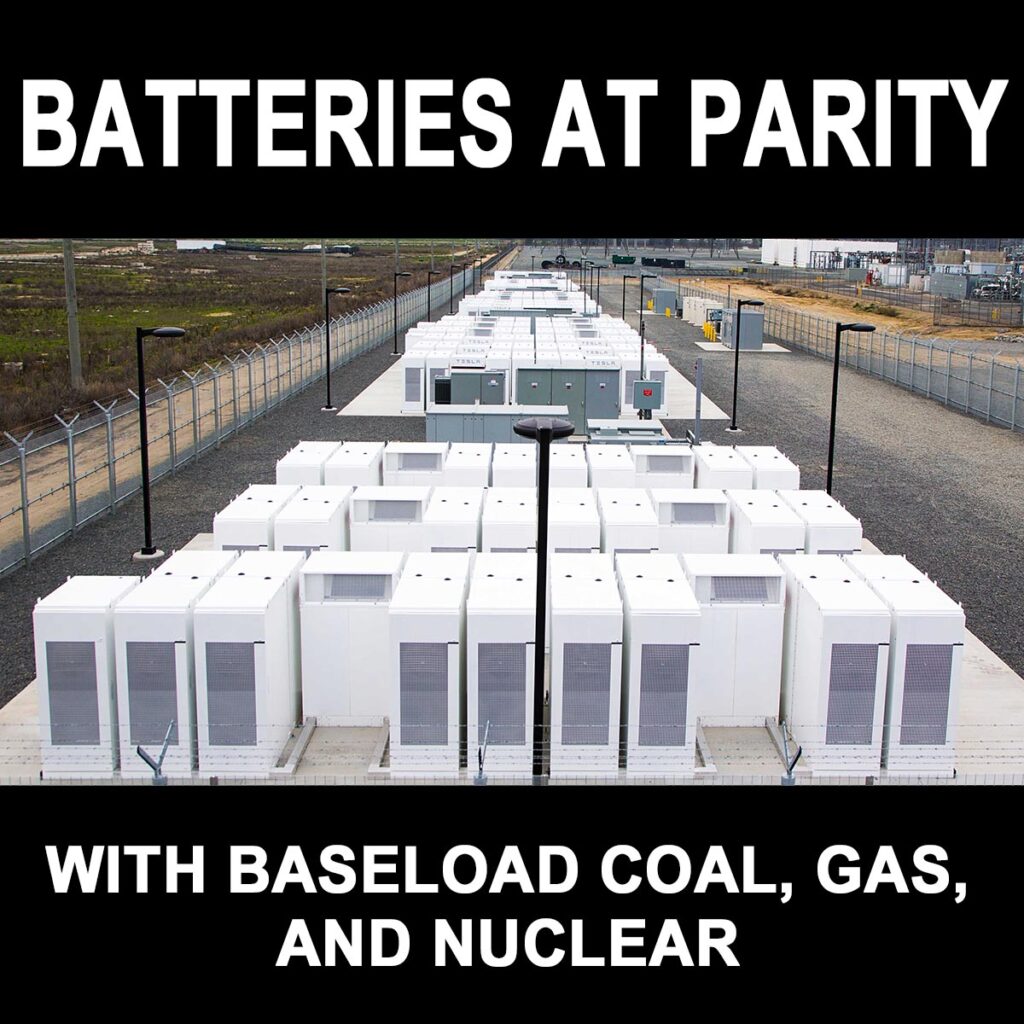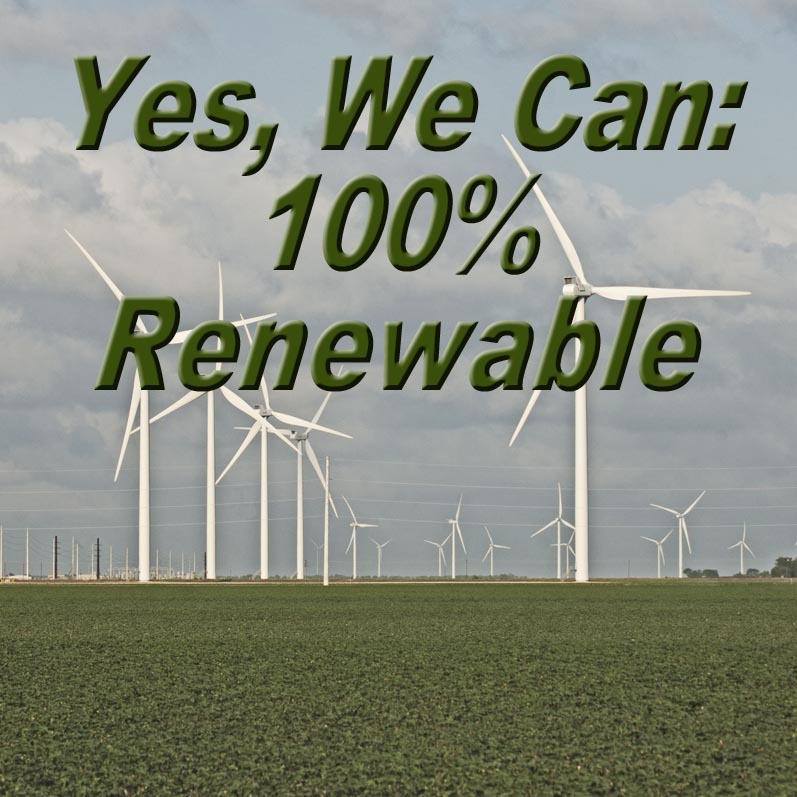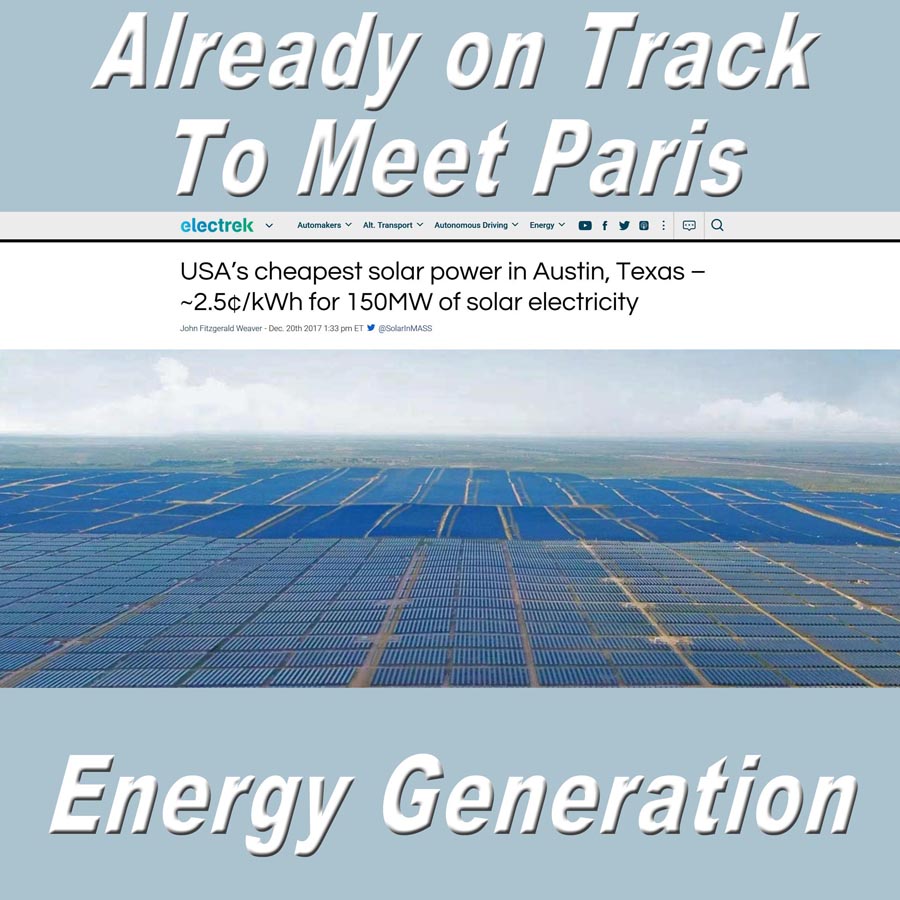
The Dumbest Climate Plan in History Bruce Melton PE First published at the rag Blog on April 18, 2025 Updated here on April 19, 2025 on ClimateDiscovery.org to add more illegitimate actions against NOAA and NASA Podcast forthcoming ~ ~ ~ The title of this article is not solely meant to highlight the level…
















